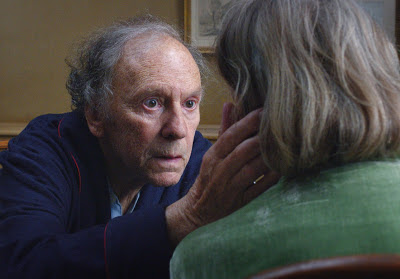 |
| Courtesy of Nils Axen |
While I would rather dedicate this column to the great films I watched over spring break (In the Mood for Love, Hitchcock’s Notorious and Shadow of a Doubt, et al) or my fresh takes on late 2012 fare (consider me an apologist for Life of Pi, but not for Holy Motors), I will, for once, try to look forward. My sole trip to the multiplex last week was to see Oz: The Great and Powerful, an abysmal, unlikable mess that, naturally, will at least double its $215 million budget in ticket sales before it leaves theaters. The summer movie season has effectively begun.
With that, I would like to examine not the movies but the people who watch these movies. Below, I present the four types of summer moviegoers, in a digestible (and admittedly lazy) list format. Keep in mind that these broad types can easily overlap with one another — in particular to those adjacent.
The Masses
Hollywood cares only about this group, by far the largest demographic, from March to September of every year. I cannot speak on its behalf, and I admit that, today, there are few people completely dispassionate about all movies. But you could say films “dumb down” over the summer in order to appeal to this crowd. That is not necessarily a bad thing — the world would be pretty bleak if all movies were as serious and demanding as Amour, and there is something serene about knowing what type of movie you’re in for with the cost of tickets these days.
The majority of summer moviegoers pick up buzz from mainstream publications and television shows or commercials, not to mention from the previews that precede the other movies they go see. The ubiquity of Rotten Tomatoes means that even those who consider themselves apathetic to film can still make a reasonable judgment, based on aggregate critic scores, on what movie they will go see.
The IMDb Crowd
Skewed young, male and white, this rising and influential demographic demands action films with at least a little bit of substance, or about as much as a comic book can provide as source material. While not everyone in this so-called crowd frequents the Internet Movie Database, the popular website collects this group’s opinion in its “Top 250” list, where four Christopher Nolan films rank in the Top 50 and The Lord of the Rings trilogy populates the Top 20. The website hosts message boards where users can debate over the ending of Inception or order Pixar films from best to worst. In real life, these people like to talk over the merits of what made a movie good or bad (there’s not always an in between) or at least have a firm opinion on what they thought of a film.
I find this group to be overly concerned with plot and its minute mechanics, like plot twists, continuity and unanswered narrative questions. Nolan succeeds with this group for this very reason. Nonetheless, “The IMDb Crowd” holds a lot of sway in Hollywood these days and at least brings some thought to the moviegoing experience. Without them, there would be no Star Trek Into Darkness or Man of Steel this summer, and that would be just awful, wouldn’t it ...?
The Critics
Professional critics do not solely represent this group — far from it, actually. Those who favor the movies crammed into the late-year Oscar season make up a perceptive community of summer moviegoers; these people love movies, and they would go crazy not to see any for months on end.
While they may not care for the Michael Bay swill that attracts so many others, “The Critics” do see value in the occasional summer flick. The Bourne films, District 9 and, depending on whom you ask, Prometheus worked for them. For this group, part of the fun of the summer movie season is in finding that unlikely genre film and defending its strengths, without irony, to all who will listen.
The Cinephiles
While plenty of “The Critics” will also rightly call themselves “cinephiles,” there is a stark difference that separates them from the real McCoy: These people don’t even watch summer movies. Sure, they are enjoying movies during the summer, but at art house and repertory cinemas like New York’s IFC Center or L.A.’s Egyptian Theatre, not at the local multiplex. These are also the types who make a big deal of their home theater system, but just when you expect them to take the speakers for a ride with some Top Gun, they whip out The Criterion Collection Blu-ray of Days of Heaven and harp on and on about the “grain” and “beautiful black levels.”
Basically, they are not the intended audience of most, if not all, of the films coming out of Hollywood, which studios don’t mind because there are relatively few of them, anyway. They may scoff at the praise you heap on the last Harry Potter movie, but, oh boy, Kino just re-released Metropolis on Blu-ray in its full-restored condition using a long-lost source print found in Argentina, and you just gotta see it.
This article was originally written for The Cornell Daily Sun and can be viewed at its original location via this link.


